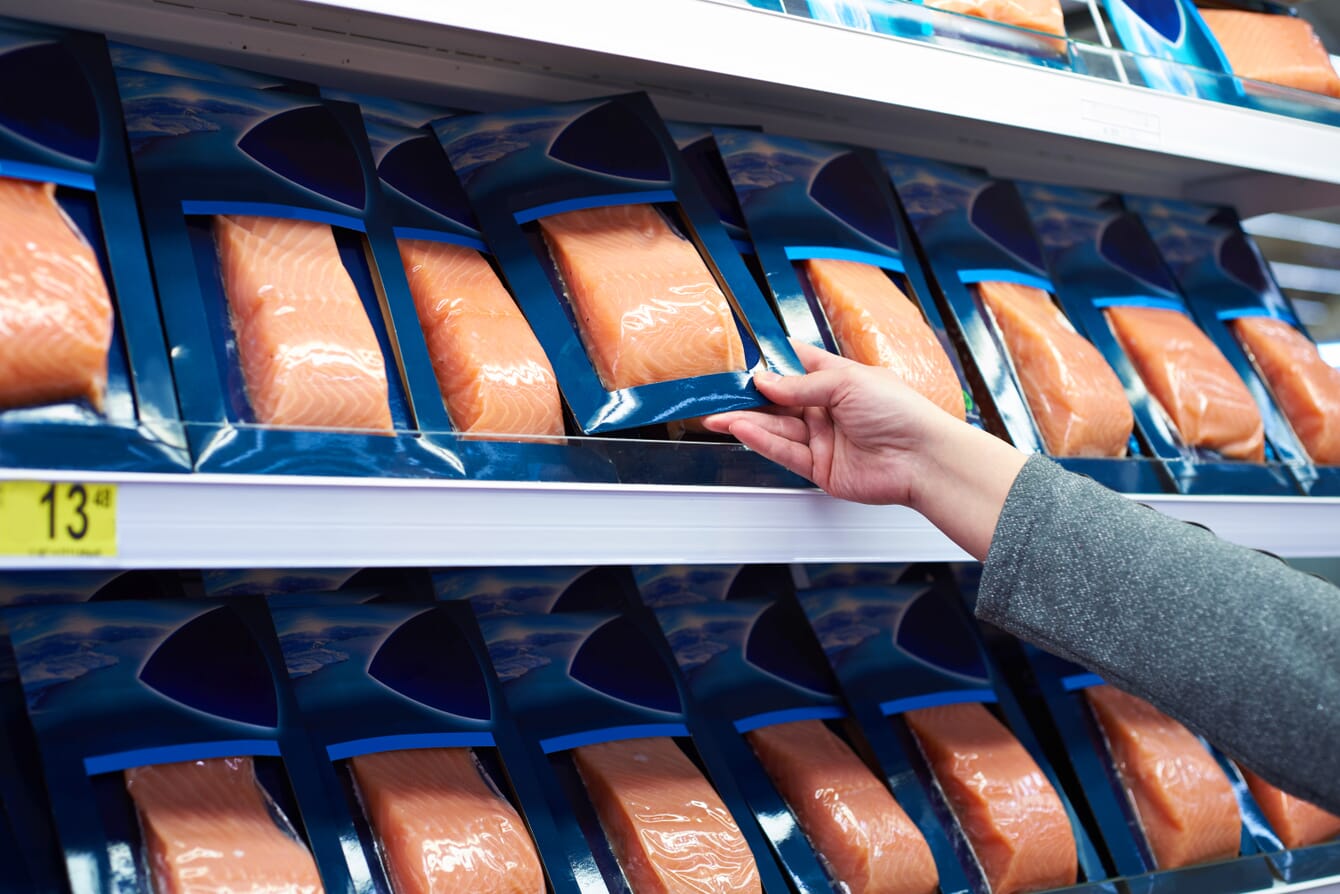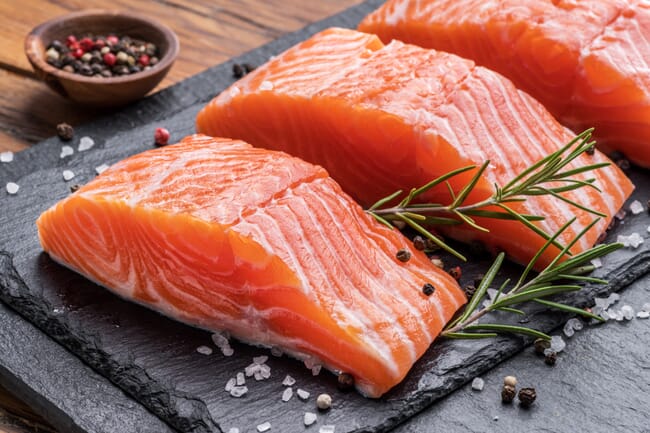
Unless fish is produced locally, ensuring freshness can come with negative climate impacts
The latest internet-based survey from Nofima says that this consumer preference comes with climate impacts. Delivering fresh Norwegian salmon to markets in Japan and the United States depends on air freight – which has a much higher emissions footprint than transporting frozen salmon by boat and then thawing it in the markets.
However the study, which gauged the views of 500 salmon consumers in Japan and the US, also found that for consumers who eat the most fish, the environmental aspects are so important that they may be willing to buy thawed salmon anyway.
“The study is intended to generate new knowledge about the extent to which replacing fresh with thawed salmon affects consumer acceptance and willingness to pay. The results show that consumer associations with fresh and thawed salmon can be reflected in their attitude towards these products and that it would therefore be important to try to increase the number of positive associations with thawed salmon in order for this product to be successful in these markets,” says Nofima scientist Morten Heide.
He has been leading the work being carried out on the report.
Greenhouse gas emissions

Norway's salmon industry has used air freight to meet consumer demand for fresh fish, but this may not be environmentally sustainable © Mowi
Norwegian salmon is an international success and it is distributed throughout many parts of the world. The distances involved and the willingness to pay in parts of the market are so great that aircraft have been used to offer good quality fresh salmon to the most remote markets. However, air freight leads to substantial greenhouse gas emissions.
The survey therefore dealt with finding out how different types of information about salmon influenced consumer choices and whether or not green consumption values and environment-friendly purchasing behaviour could explain the choices made.
Both Japanese and American consumers thought that fresh salmon was more attractive than thawed when buying farmed salmon in the supermarkets. However, while the American consumers had a more negative attitude towards thawed salmon, there was no difference in attitudes towards fresh and thawed salmon among consumers in Japan.
However, their willingness to pay for thawed salmon was 30 percent lower than for fresh salmon in both markets. That is not such good news from an environmental sustainability perspective.
“From a consumer perspective, many studies show that freshness is one of the most important purchase criteria for seafood. Fresh fish is generally perceived as being healthier and of better quality and is overall regarded as being better than frozen fish. This could represent a major barrier in encouraging the industry to switch from fresh, air-transported salmon to the more environmentally friendly option of transporting frozen and thawed salmon by boat,” says Morten Heide.
However, the consumer attitudes are not all bad news for the environment: most fish is purchased by consumers wishing to take environmental considerations into account.
“Both markets had a group of environmentally conscious consumers wanting farmed salmon with a low carbon footprint. These consumers bought twice as much fresh and frozen salmon as other consumers, they had the highest green consumption values and a tendency towards, or significantly greater, environmentally friendly purchasing behaviour. This segment appears to be very interesting as a target group for thawed salmon,” says Morten Heide.

The industry may want to highlight thawed salmon as an environmentally friendly protein option to improve its perception
Emissions can be reduced by more than 90 percent
Nofima scientists believe that it might be interesting to investigate whether focussing on green values and positioning thawed salmon as an environmentally friendly alternative, could cause this group to choose thawed farmed salmon in the future.
“Studies carried out under this project show that emissions from the transport of salmon could be reduced by more than 90 percent and total emissions from the value chain by around 50 percent if transporting fresh salmon by air is replaced by transporting frozen salmon by boat,” says Bjørn Tore Rotabakk, who has looked at the environmental footprint of salmon in the project.
The study shows that influencing attitudes about thawed salmon by providing information about carbon footprints did not have much of an impact in any of the markets.
“We also investigated which properties were important for switching from fresh to thawed salmon. Factors relating to quality such as taste and durability were highly rated, while the carbon footprint was ranked lower. This shows that the quality of thawed products must be at least as good as that of fresh ones in order to be successful in these markets,” says Morten Heide.
Pointing out weaknesses
However, he points out that the survey has some limitations:

Previous research has shown that consumers did not perceive any sensory differences between fresh and thawed salmon © GSI
“During the project consumers from the USA and Japan did not test any specific products. This could affect both attitudes and willingness to pay. For example, thawed wild salmon products cost much less than fresh farmed salmon in Japan and this can affect the consumers’ willingness to pay for thawed farmed salmon,” says Morten Heide.
According to the researchers, in order to obtain better knowledge about consumers’ willingness to pay for thawed salmon, further studies should be conducted where their willingness to pay for specific products is tested.
What about the smell and taste – or sensory perception – of fresh salmon compared to thawed salmon?
The results of a blind test involving 142 consumers conducted at Måltidets Hus in Stavanger showed that consumers did not perceive any sensory differences – ie differences in taste, smell and texture – between fresh and thawed salmon that was served cooked and raw.
The researchers concluded by recommending that further investigations would be required to confirm the results of blind testing of fresh and thawed salmon.




